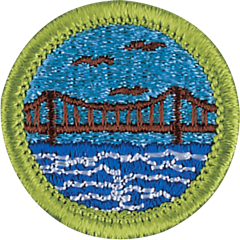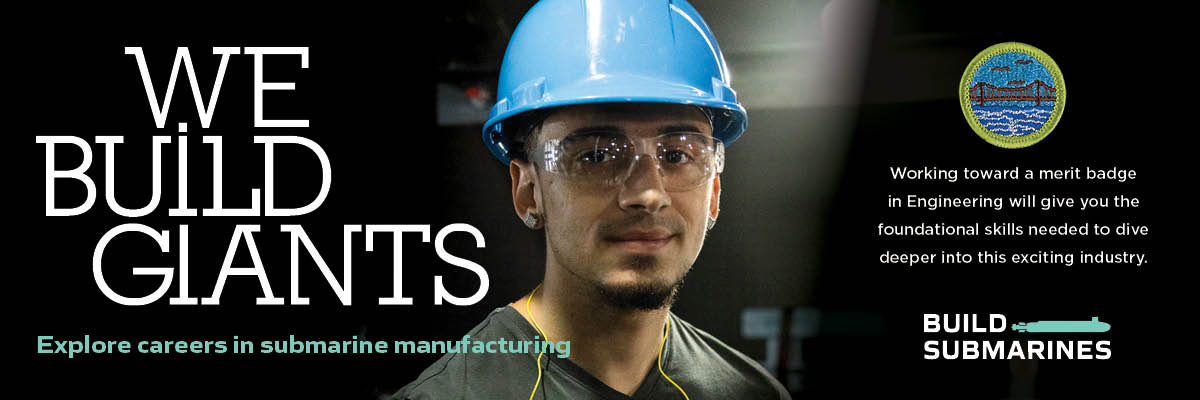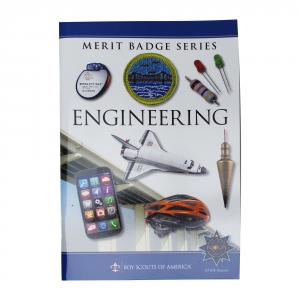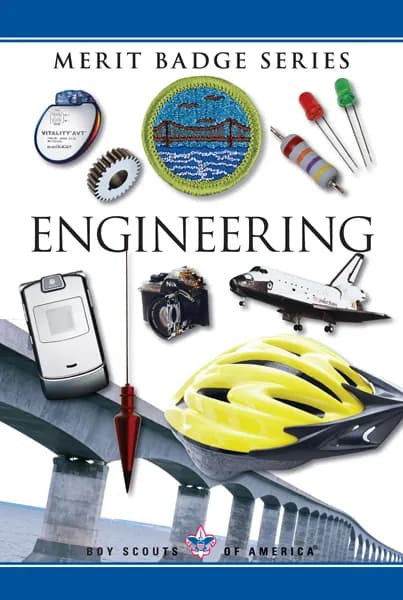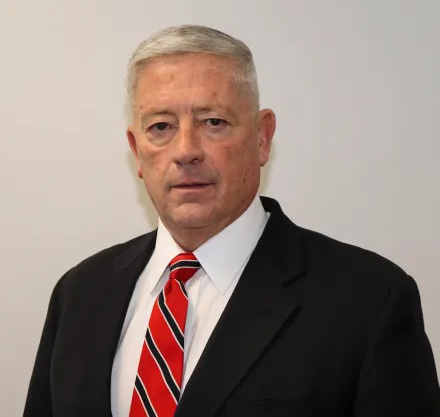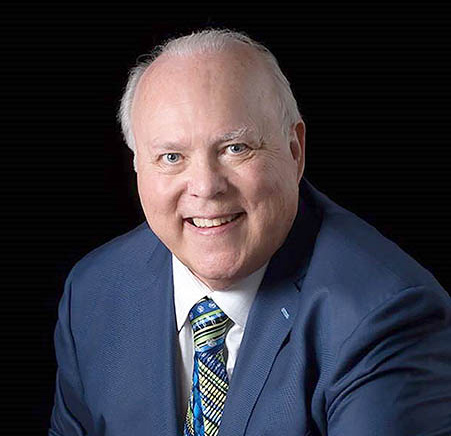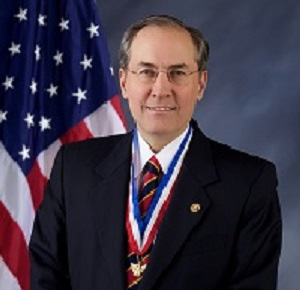
IN RECENT YEARS, Scouting has increasingly focused on STEM — science, technology, engineering and math — a skill set that is vitally important in the digital age. It’s one more way Scouters are preparing kids for life. NovDec13_MBClinicEngineering
But how can you prepare yourself? And how can you bring excitement to merit badges like Engineering that might seem more scholastic than Scout-like?
The best way, as with all merit badges, is to rely on the experts. That’s just what Troop 677 from Gurnee, Ill., did last winter. Rather than faking their way through the Engineering merit badge or bringing a guest speaker to a troop meeting, troop leaders organized a trip to the Harley-Davidson Museum in Milwaukee, which offers a free Engineering merit badge program.
“One would think that engineering is potentially boring — pencils and erasers and management,” says Kirk Morris, the troop committee member who coordinated the trip. “But the way they’ve got the museum laid out, it’s engaging, it’s entertaining and there’s a wide variety of history.”
The Harley-Davidson Museum is not the only place to work on the Engineering merit badge, of course. Eight hundred miles away in Marietta, Ga., Lockheed Martin has been offering Engineering merit badge classes for more than a decade. (Aviation and Robotics are also available.) Christopher Howard, an engineer and Troop 750 assistant Scoutmaster who coordinates the program, says thousands of Scouts from across the southeastern United States have attended the clinic.
Scouting talked with Howard and Courtney Stachewicz, lead visitor experience associate at the Harley-Davidson Museum, to learn more about how they bring the Engineering merit badge to life — and how you can do the same.
Two Sites, Two Approaches
Although the Harley-Davidson Museum has run occasional weekend clinics, its merit badge program is mostly self-directed, with troops typically going through the museum as a group. “We’re available if they have any questions while they’re going through the exhibits,” says Stachewicz, who also serves as a merit badge counselor.
The museum created a workbook for Scouts to fill out as they move through the exhibits. For most requirements, they are directed to a specific gallery where displays and videos align with what they are supposed to learn. For example, to complete Requirement 2, Scouts must learn about an engineering achievement that has had a major impact on society. The booklet sends them to the museum’s historical galleries, which cover Harley-Davidson’s founders and early engineers, the obstacles they overcame and the influence motorcycles have had on the automotive industry.
Lockheed Martin takes a different approach by offering a structured Saturday program each February. Scouts are grouped into patrols named after Lockheed Martin aircraft like the F-16. After an opening ceremony, the patrols attend three interactive lecture sessions: engineering (Requirements 3, 4, 7 and 9), motions and properties (Requirement 6) and design (Requirements 1, 2 and 5). The day ends with a tour of Lockheed’s aircraft production line, which never fails to impress. “The first thing that gets most of them is just the sheer size of the manufacturing floor,” Howard says. “I think it’s 80-something football fields.”
Lessons Learned
Factory floors that cover half a square mile don’t appear on every street corner, and there’s only one Harley-Davidson Museum, but your troop can draw on the lessons learned in Milwaukee and Marietta to set up its own Engineering merit badge program. Here are some suggestions:
Seek out engineers who are doing interesting work. Engineering is a vast field that includes such specialties as civil, mechanical, electrical, chemical, manufacturing and aeronautical engineering. Check around your community for engineers whose projects would interest your Scouts.
Encourage interactivity. No one — especially a 12-year-old boy — wants to hear a boring lecture. Encourage guest speakers to bring along models, videos and other props that will illustrate the principles they’re going to discuss.
Draw connections with Scouts’ experiences. Kids today are technologically savvy. Build on their experience with cellphones, video games and other high-tech devices.
Consider your Scouts’ maturity. While Scouts of any age can earn the Engineering merit badge, older Scouts might be more successful at it. “In most cases, Scouts with the rank of Second Class and above pick up the information quicker because they are a bit more mature,” Howard says.
More Than a Badge
Like many merit badges, Engineering is designed to introduce Scouts to a potential career field, and Howard has Scouts tell him every February that they want to be engineers. In fact, he says, “some of the engineers here were Scouts and have attended our program. Whether they chose it specifically because of that, I don’t know.”
But even those who don’t become engineers can learn valuable lessons. Stachewicz says Scouts who visit the Harley-Davidson Museum are often surprised at how much planning, testing and trial and error are involved in engineering. “It’s hard to find perfection,” she says. “You have to do something and redo it and redo it until you get to a final product. I like when the boys learn that in the design lab.”
On the Web
For more on the Harley-Davidson Museum, visit h-dmuseum.com. You can find information on Lockheed Martin’s merit badge classes at meritbadge.info.


